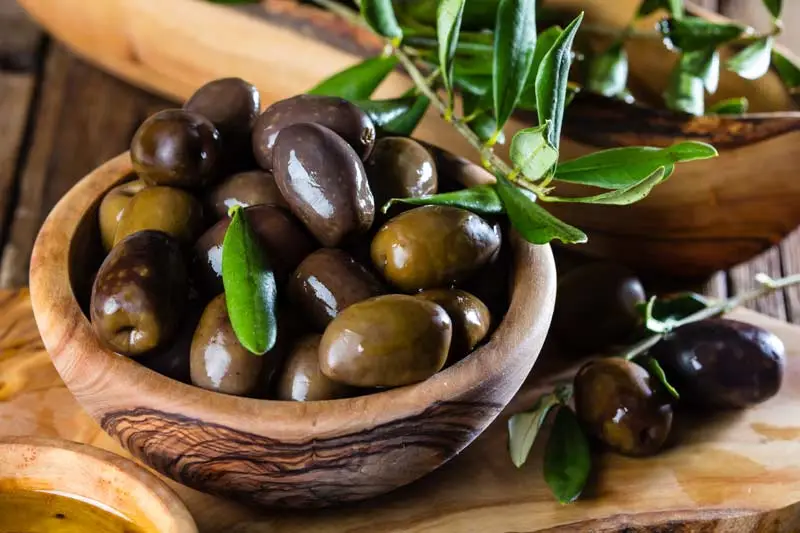The word pasta itself translates to paste in Italian. This is a reference to the dough, made from a combination of flour and water or eggs all simple components that have been around for centuries. Today pasta is an everyday meal for the masses, but did you know that it was once only available for Italian nobles? Pasta was considered a dish for the wealthy, taking pride of place in aristocratic banquets during the Renaissance.
While we do think of pasta as a culturally Italian food, it is likely the descendent of ancient Asian noodles. A common belief about pasta is that it was brought to Italy from China by Marco Polo during the 13th century. In his book, The Travels of Marco Polo, there is a passage that briefly mentions his introduction to a plant that produced flour (possibly a breadfruit tree). The Chinese used this plant to create a meal similar to barley flour. The barley-like meal Polo mentioned was used to make several pasta-like dishes, including one described as lagana (lasagna). Since Polos original text no longer exists, the book relies heavily on retellings by various authors and experts. This, combined with the fact that pasta was already gaining popularity in other areas of Italy during the 13th century, makes it very unlikely that Marco Polo was the first to introduce pasta to Italy.
Noodles existed in Asia long before Polos trip to China. Archaeologists believe that central Asia is most likely the first area to have produced noodles thousands of years ago. From Asia, it traveled westward. The way it reached Europe is unclear, though there are many theoriessome believe that nomadic Arabs are responsible for bringing early forms of pasta westward. Once it reached the Mediterranean the process was refined, and durum wheat became the ingredient of choice for pasta flour because of its high gluten content and long shelf life.
When durum wheat pasta is dried, it lasts indefinitely, making it a very convenient food to store. Over time, because of pastas affordability, shelf life, and versatility, it became firmly rooted in Italian culture. The warm Mediterranean climate of Italy is suited to growing fresh vegetables and herbs, which meant that Italians could get creative with a delicious variety of pasta sauces. Tomato-based sauces emerged as a favourite complement to pasta, and tomatoes remain the most popular ingredient in pasta sauce today.
Early Spanish settlers were among the first to bring pasta to America. Believe it or not, it was Thomas Jefferson that helped give pasta an initial push into popularity. During an extended stay in Paris from 1784-1789, Jefferson ate what he called macaroni back then, the word could have referred to any shape of pasta. He enjoyed the dish so much that he returned to America with two cases in tow. When his supply ran out, he allegedly sent for reinforcements via a friend from Naples.
The Worlds Most Accessible Food?
Pasta is one of the worlds most accessible foods. Nearly every country has its own unique version of this popular, inexpensive staple. In Germany and Hungary they have spaetzle. In Greeze, orzo. In Poland, they enjoy pocket-like pierogi. Ashkenazi Jewish families make kreplach dumplings. And in America, pasta is prepared and served similarly to the way it is found in Italy– with the exception of all-American spaghetti and meatballs. In fact, when many of us think of pasta we think of Italian food, and most people believe that it originated there. While pasta is traditionally Italian, it actually has a very ancient history that makes it almost impossible to know who came up with the dish first.
During the 20th century, Americans developed a love affair with pasta. On the big screen, spaghetti played memorable roles in classic films such as the Marx Brothers’ Night at the Opera (1935), Disney’s Lady and the Tramp (1955), and Goodfellas (1990).
Pasta became an increasingly common sight on restaurant menus in the United States, but the Italians’ love affair with pasta has a long, complex, and passionate history. The route by which spaghetti, ravioli, and tortellini became international household names has taken some surprising turns over the centuries.
Made from Durum Wheat Flour
Made from the flour of durum wheat, pasta takes its name from the pasty texture of the dough when it is first mixed. Different pastas have different names, many based on the different shapes the dough is molded into. Fresh pasta is often mixed, cooked, and eaten right away, whereas pasta secca is dried in order to be stored; it is often prepared later by cooking it in boiling water.
A Simple Process – Twisted Options
The production process is simple, but the uses the finished product are put to are dizzyingly varied. The different shapes of pasta—cut into squares, rolled into tubes, pulled into long strings, and twisted into spirals—stretch to at least 200 types, any one of which might be used in a huge array of sauces and accompaniments, all with their regional variations.
Got Pasta Know-How?
One of its most comforting qualities is how little it has changed over the centuries. It is still made with the same essential ingredients and preparations that it has been since antiquity. When we eat pasta, we can be assured of the likelihood that our ancestors, and our ancestors ancestors, ate something similar. Have a favourite pasta dish? Share it with us below…



